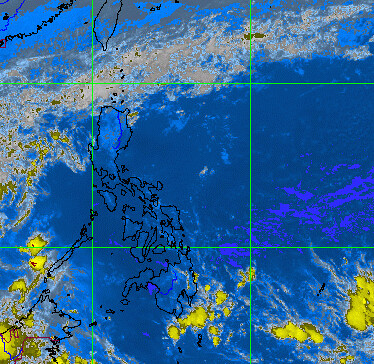Villagers rely on rain gauges
2008 January 24
[caption id="" align=“aligncenter” width=“374” caption=“Weather satellite imagery from PAGASA”][ ](http://www.flickr.com/photos/yecartes/2214776454/)[/caption]
](http://www.flickr.com/photos/yecartes/2214776454/)[/caption]
This was posted in Inquirer.net regions section a week ago:
At least 13 digital rain gauges have been installed in seven towns and two cities of the province, and 12 more are coming, courtesy of the Social Action Center of the Archdiocese of Legazpi.
Cedric Daep, executive officer of the Provincial Disaster Coordinating Council, said early warning devices would also be given to communities so that information could be relayed quickly to the residents.
Disaster officials have been trained to interpret data from the wired rain gauges, which cost almost P7,000 each and are placed in municipal halls. The gauges can detect possible landslides, lahar and flooding through a criteria carefully devised by the PDCC. When the device records rainfall of 1 millimeter per minute, mudflows from Mayon Volcano are likely to occur, Daep said. A 7.2 mm-per-hour rainfall could mean heavy flooding, especially in low-lying areas
Indeed it is more cost effective to deploy an array of sensors across an specific area rather than buying multi-million dollar equipment like weather radars. But in order to obtain useful information in a timely manner, the network for these gauges should be properly designed. There have been a lot of research on deploying highly resilient networks for rain conditions. I am currently involved in the Rain research group of the ECCE department. Aside from studying how rain affects the signals and performance of the rain sensor, our group proposed to use the network itself as the sensor. We are also researching on innovating data gathering methodologies such as using digital recorders (acoustic sensors) as rain observation equipment.
Related articles:
Rain research group-look at some of our group’s latest results and findings in our projects such as the 26 GHz WIPAS, 5 GHz Motorola canopy, Celltrak GSM signal monitor and accoustic sensors.
Disaster management-conference presentation at the 5th ICT-Seminar in Taipei
Villagers rely on rain gauges-Inquirer.net article
Citeulike: rain-my reading list of journal article related to rain and networks